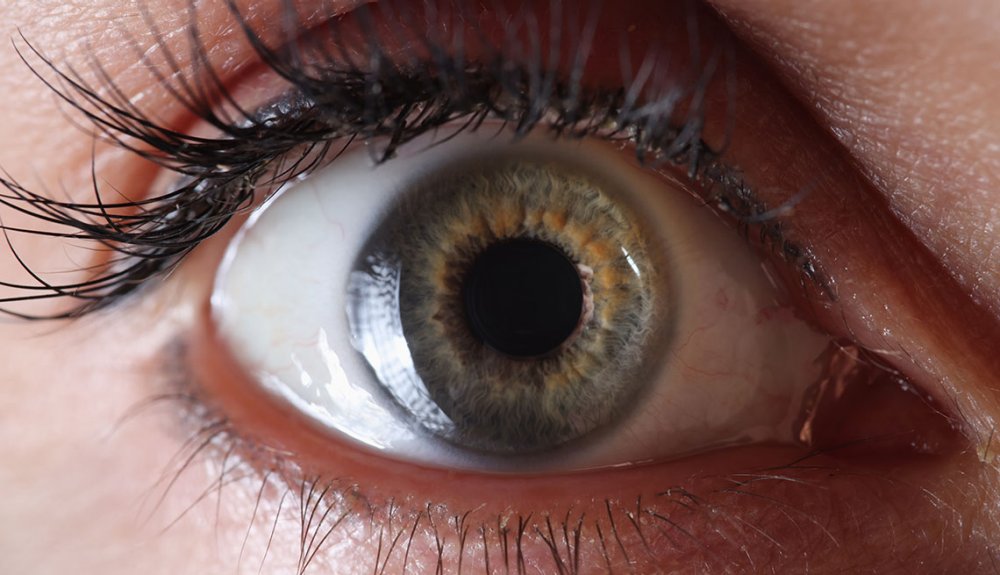All Categories
Featured
Table of Contents

Regular eye evaluations are necessary for keeping good vision and detecting prospective eye health issues early. The frequency of these tests can vary substantially based on a person's age, lifestyle, and total wellness. Recognizing the advised routine for eye tests can assist ensure that individuals of every ages receive ideal care and tracking for their eye health and wellness.
Newborns and Toddlers (0-2 Years)
For young children and infants, eye examinations are vital for discovering any kind of potential vision problems early. The American Academy of Ophthalmology advises that a youngster's very first eye examination should happen at around six months old. During this initial browse through, the eye treatment professional will evaluate the kid's aesthetic development and look for any kind of apparent eye problems.Following this first examination, it is advised that youngsters have another eye exam at age three. This check out will certainly concentrate on analyzing the kid's total aesthetic function, consisting of eye alignment and the ability to track objects. If no concerns are spotted, the following test needs to be arranged before the kid starts institution, generally around age five or 6.
School-Aged Kids (6-18 Years)
Once children get to school-age child, regular eye tests should be set up each to 2 years. Vision is critical for learning and development, and many institutions conduct vision testings. These testings do not replace a detailed eye exam by an eye care professional.For children associated with activities or sports needing substantial visual emphasis, annual eye tests may be advisable. In addition, if a child exhibits indicators of vision problems-- such as difficulty reading, squinting, or constant migraines-- a browse through to the eye medical professional must be set up immediately.
Youthful Adults (19-39 Years)
Young person normally have less vision changes than older age teams, however routine eye exams remain vital. The general suggestion is to set up an eye test every 2 years during this duration. People with specific risk factors-- such as a family history of eye condition, diabetes, or those that use call lenses-- ought to think about yearly eye examinations.Furthermore, those who invest significant time on electronic tools may experience digital eye stress. If signs and symptoms such as dry skin, exhaustion, or obscured vision happen, it may be a good idea to see an eye care specialist quicker.
Adults (40-64 Years)
As individuals go into midlife, the likelihood of developing vision issues boosts. Adults aged 40 to 64 must set up eye examinations every one to two years. This age team may begin to experience presbyopia, a natural age-related condition that makes it testing to concentrate on close items. Eye exams can additionally help detect various other usual age-related problems such as glaucoma, cataracts, and macular degeneration.If people in this age have risk aspects such as hypertension or diabetes, they may require even more constant assessments to check their eye health closely.
Elders (65 Years and Older)
For elders, normal eye tests become also much more crucial. The American Optometric Association recommends that people matured 65 and older have an eye test at the very least once a year.Verdict.
Comprehending the proper routine for eye exams based on age is important for preserving optimum eye health throughout life. By sticking to these standards and consulting with an eye care expert, individuals can take positive steps toward maintaining their vision and overall health.Latest Posts
A Lavish Escape: The Claridge Indoor Swimming Pool
Published Feb 14, 25
1 min read
Discover Relaxation at the Claridge Indoor Swimming Pool
Published Feb 10, 25
1 min read
Debunking Common Misconceptions About Metal Roofs Revealed
Published Feb 04, 25
3 min read